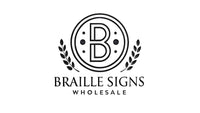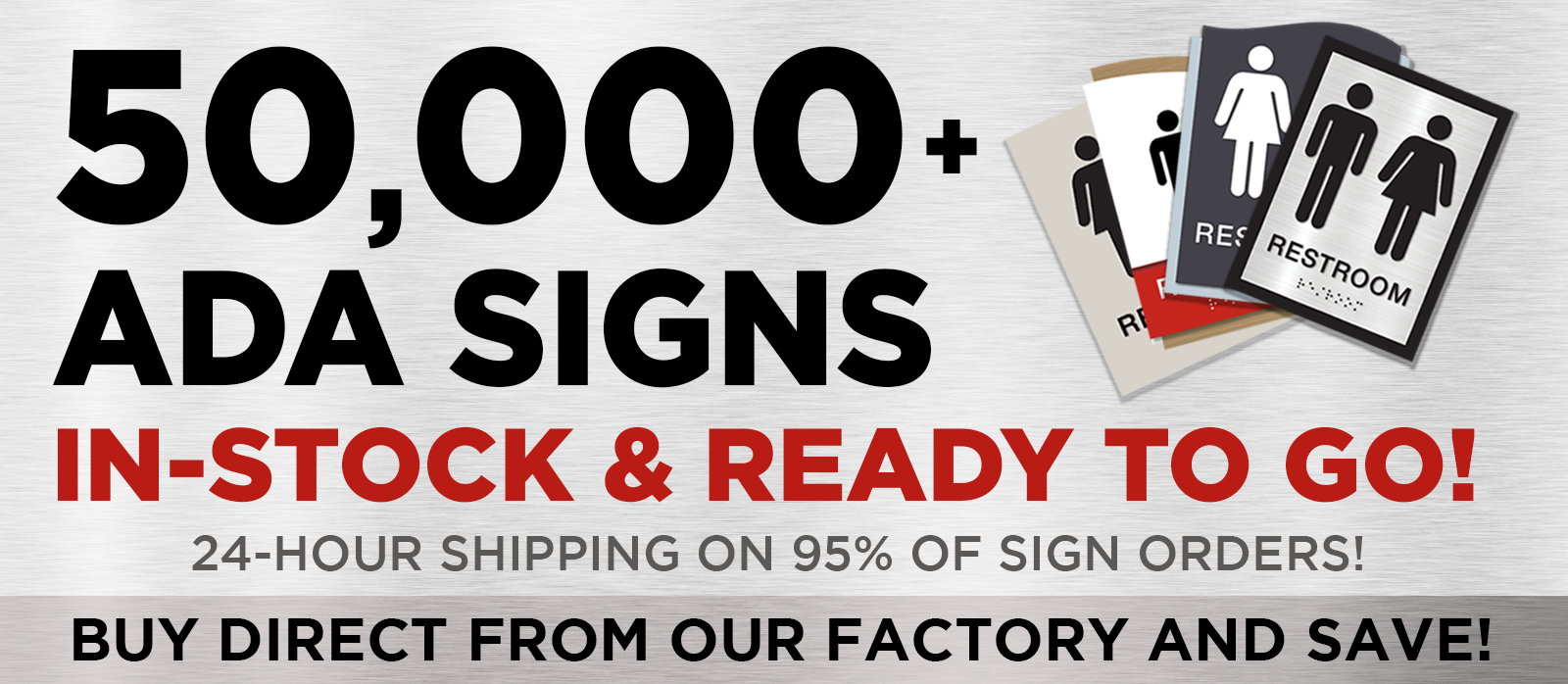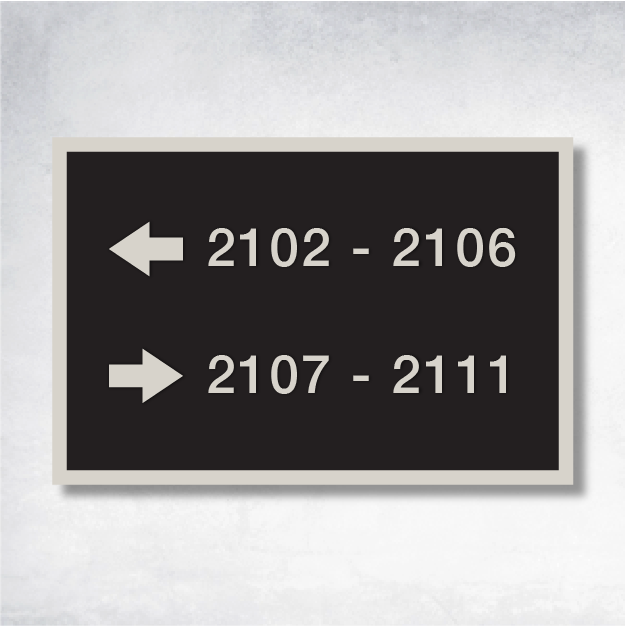Navigating the Maze: Mastering Signage in Bustling Spaces
In the vibrant hustle and bustle of airports, sprawling malls, and busy hospitals, navigational signage stands as a silent guide, orchestrating the flow of people with grace and precision. These traffic signs, wayfinding signs, and traffic flow signs are more than mere markers; they are the unsung heroes that transform chaos into calm. Dive into the art and science of signage with our top five best practices that promise to enhance your navigational experience.
Crafting a Seamless Journey
Imagine walking through a complex environment with ease, guided by intuitive wayfinding signs that seem to anticipate your every move. This is the magic of effective wayfinding. It's not just about placing signs; it's about crafting a journey that feels natural and effortless. Traffic signs and wayfinding signs are essential in reducing confusion and boosting safety, making them invaluable in high-traffic areas. The payoff? Enhanced accessibility, reduced congestion, and a user experience that leaves a lasting impression.
The Art of Visibility and Legibility
The first rule of effective signage is visibility. In the fast-paced world of high-traffic areas, signs must be easy to spot and read. Think high contrast, clear typography, and a non-glare finish. These elements ensure that traffic signs are legible in any lighting condition, allowing for quick decision-making. Compliance with ADA accessibility standards is crucial, ensuring that everyone, regardless of ability, can navigate with confidence.
Consistency: The Key to Recognition
Consistency is the secret sauce that ties a wayfinding system together. A unified visual language across all signs—consistent colors, fonts, and icons—helps users quickly recognize and follow directions. This uniformity not only enhances the aesthetic appeal but also reduces the mental effort required to interpret the signs, allowing users to focus on their surroundings.
Embracing Change with Adaptability
High-traffic areas are ever-changing landscapes. Whether due to renovations or reconfigurations, the ability to adapt is essential. Traffic flow signs should be designed for flexibility, allowing for easy updates and modifications. Modular components offer a practical solution, enabling seamless adjustments without the need for costly overhauls.
Putting the User First
A user-centric approach is all about understanding the journey from the user's perspective. Conducting wayfinding audits can highlight high-traffic areas and potential bottlenecks. By incorporating feedback from real users, organizations can design traffic signs that truly meet the needs of diverse groups, resulting in more intuitive and effective signage solutions.
The Digital Edge
In our digital age, integrating technology into wayfinding systems can elevate the navigational experience. Digital kiosks and mobile apps offer real-time guidance and updates, supplementing traditional signage with interactive and personalized features. This digital integration provides a dynamic layer of navigation, enhancing the overall user experience.
Bringing It All Together
To bring these best practices to life, start with a comprehensive assessment of your current wayfinding systems. Partnering with experts in signage design can provide valuable insights and tailored recommendations. Companies like BrailleSignWholesale offer customizable and durable signage solutions that comply with accessibility standards, ensuring your signs are both functional and inclusive.
Embracing digital technology can further set you apart. Real-time updates and personalized guidance through digital tools can transform the user experience, making navigation not just a necessity, but a pleasure.
A New Era of Wayfinding
By weaving these best practices into your wayfinding strategy, you can transform bustling spaces into havens of clarity and ease. Traffic signs, wayfinding signs, and traffic flow signs become more than functional necessities; they become integral to creating an efficient and enjoyable environment. Prioritizing visibility, consistency, adaptability, user-centric design, and digital integration will not only enhance accessibility and improve traffic flow but also elevate satisfaction to new heights. For more on optimizing your wayfinding systems, explore our insights on the latest trends in navigational signage technology.









